Spring ephemerals - I found an inexpensive source
sbriggs
20 years ago
Featured Answer
Comments (52)
sbriggs
20 years agolast modified: 9 years agopaul299
20 years agolast modified: 9 years agoRelated Discussions
Hello, all! I found a source in Tallahasse (5-1-1 related)
Comments (0)I haven't posted much, if at all, since early last fall, especially in this section of the forum - kids, work, and being in school myself keep gardening to a minimum. However, I'm out of school now and back into my plants (yay!). Last week, I stumbled across the fact that Tallahassee Nurseries sells their own potting mix - and I went Saturday to check it out. It's really nice, very similar composition to the 5-1-1 (I imagine, my attempts were a bit off), with excellent drainage. I bought an entire cubic yard for $69, which, in the scheme of time and sifting & sourcing materials, is a terrific bargain. So far the plants I have put in it have shown no signs of transplant shock, and I'm hoping that some that were sort of stagnating will take off. Anyway, I know that when I started trying to make my own mix last spring, I had a really hard time finding the proper pine bark, and so I thought I'd share with those of you around the Tally area. Happy gardening! I hope all of you have been well!...See MoreFavorite spring ephemerals - what are yours?
Comments (15)Leslie197 your picture of Virginia Bluebells is beautiful. I looked for them for several years before I found one. We have dodecatheon growing wild in this area and are called Birdbills. Erythronium are called Lamb's Tongue, I don't know of anyone outside of this area that calls them by these names. They are beautiful. We also have the little wild slipper orchid that grows wild, when I was little they grew on the hill in the woods above my Grandmother's home. Every spring my aunt's and any kids that were there would hike up to them and one aunt that lived in a cooler place than in the valley would (sorry) dig them and grow them - but then there were masses of them. I am growing arisemas from seed that are just starting to bloom, - I can't think of any I don't like. But these are about my favorites. I have seed from Bloodroot that I planted and got just little tiny plants that bloomed, is this how they are supposed to be? I have a few seeds left in the refrigerator and will try again, maybe I should of Winter Sowed them. I saw a wild ginger at a plant sale last weekend that is absolutely beautiful, davidsii (?) I think. It has large leaves with large flowers, the only one they had was sold already. I know it doesn't die back, but was really special. Oh, Trilliums too....See MoreI found an inexpensive source of mini-containers.
Comments (5)1) Always under plant rather than over plant unless you need a terr that looks "instantly full" as you might for a wedding center piece or "get well" gift. Under proper conditions, a little terr like that will fill before you know it. 2) Always use less water than you think you will need. You can always add more if you really have to, but drying a terr out that has been overwatered (especially with a small mouthed container like that) before the mistake kills the plants can be virtually impossible. 3) Even though a micro Sin. like tend to like it quite humid, I'd recommend removing the plastic wrap. Moist stagnant air is often conducive to mold/fungal growth. Leaving the wrap off will allow for some air exchange but should still retain humidity quite well. Also, should the container get too warm, leaving the wrap off will allow the heat to escape rather than quickly building to lethal levels. 4) Place the vase where it will receive bright indirect light. If the terr is for a windowless desk area/cubicle, you will need to provide supplementary lighting near the vase. Overhead office lighting will not be sufficient. 5) Avoid fertilizing. With fresh media fertilizer should be unnecessary and the use of fertilizers is likely to result in lethal build up of mineral salts. 6) Do NOT water with tap water. Use RO water, rain water, or distilled water to avoid lethal build up of mineral salts....See MoreNeed recommendation for inexpensive BULB source
Comments (6)Also, check for your local iris and daylily societys - if it is like here in Dallas, they have sales twice a year to get rid of their overstock - here, I can get daylilies that usually range 15-50 bucks for a double fan for 5-15. Go early, like be standing at the door when they open, you can get some great stuff - and the members are very helpful with what will grow in your area....I found one sale mentioned in the attached link, but do a search on Houston texas daylily society, you might find more... terry Here is a link that might be useful: daylily sale...See MoreSoeur
20 years agolast modified: 9 years agovegangirl
20 years agolast modified: 9 years agosbriggs
20 years agolast modified: 9 years agoIris GW
20 years agolast modified: 9 years agoSherry36502
20 years agolast modified: 9 years agovegangirl
20 years agolast modified: 9 years agoWacky_Jakki
20 years agolast modified: 9 years agosbriggs
20 years agolast modified: 9 years agoWacky_Jakki
20 years agolast modified: 9 years agocindip
20 years agolast modified: 9 years agomarniek
20 years agolast modified: 9 years agoautumnmoon
20 years agolast modified: 9 years agojerry_murray
20 years agolast modified: 9 years agojerry_murray
20 years agolast modified: 9 years agoLauraZone5
20 years agolast modified: 9 years agoahughes798
20 years agolast modified: 9 years agoplantfreak
20 years agolast modified: 9 years agoLauraZone5
20 years agolast modified: 9 years agolrobins
20 years agolast modified: 9 years agoCarrie B
20 years agolast modified: 9 years agoLauraZone5
20 years agolast modified: 9 years agoklavier
20 years agolast modified: 9 years agomadspinner
20 years agolast modified: 9 years agoLauraZone5
20 years agolast modified: 9 years agoplantfreak
20 years agolast modified: 9 years agoLauraZone5
19 years agolast modified: 9 years agoahughes798
19 years agolast modified: 9 years agodebrapaula
19 years agolast modified: 9 years agosam_md
19 years agolast modified: 9 years agoLauraZone5
19 years agolast modified: 9 years agooogy4plants
19 years agolast modified: 9 years agoLinda Eastman
19 years agolast modified: 9 years agobrenda_near_eno
19 years agolast modified: 9 years agoIllini_gardener
19 years agolast modified: 9 years agoIllini_gardener
19 years agolast modified: 9 years agoahughes798
19 years agolast modified: 9 years agobrenda_near_eno
19 years agolast modified: 9 years agosilverkat
19 years agolast modified: 9 years agoahughes798
19 years agolast modified: 9 years agowysecj
11 years agolast modified: 9 years agojimbobfeeny
11 years agolast modified: 9 years agowysecj
11 years agolast modified: 9 years agojimbobfeeny
11 years agolast modified: 9 years agosam_md
9 years agoromeisburning
8 years agoromeisburning
8 years agoromeisburning
8 years ago
Related Stories
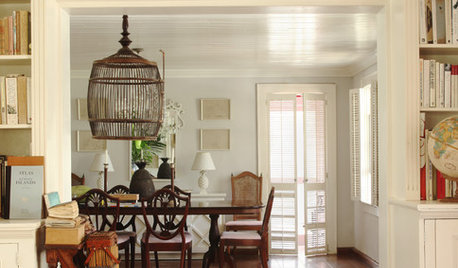
LIGHTING12 Fun Light Fixtures Made From Found Objects
Trash became treasure in these one-of-a-kind lights. See if they inspire your own DIY pendant project
Full Story
REMODELING GUIDESOne Guy Found a $175,000 Comic in His Wall. What Has Your Home Hidden?
Have you found a treasure, large or small, when remodeling your house? We want to see it!
Full Story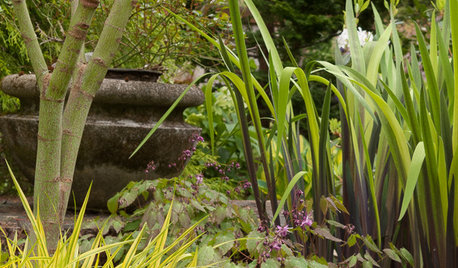
PLANTING IDEASA Great Spring Plant Combo for Dappled Shade
Time these ephemeral beauties right to watch them play off one another under a canopy of deciduous trees
Full Story
WINTER GARDENING6 Reasons I’m Not Looking Forward to Spring
Not kicking up your heels anticipating rushes of spring color and garden catalogs? You’re not alone
Full Story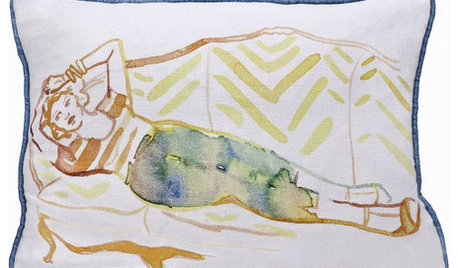
PRODUCT PICKSGuest Picks: Go-To Sources for Pretty Pillows
10 great shops to help you find your perfect accent pillow
Full Story
WALL TREATMENTSSource List: 20 Wallpapers That Make the Room
Find out where to get the wallpaper that makes the difference in these popular interiors
Full Story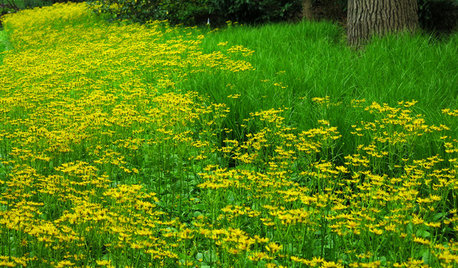
FALL GARDENING5 Native Early-Spring Bloomers to Plant This Fall
Think beyond tulips and daffodils this year with plants that you and native pollinators will love
Full Story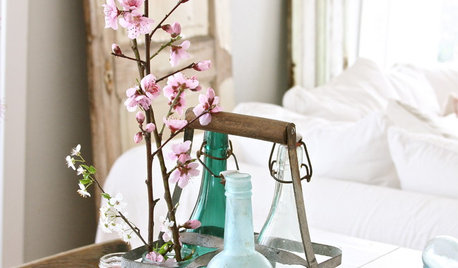
BUDGET DECORATINGBudget Decorator: 12 Vintage Finds to Take Home This Spring
Experience the thrill of the hunt and the triumph of a bargain when you set out on a thrifting jaunt with these finds in mind
Full Story
MIDCENTURY HOMESMy Houzz: Palm Springs Inspiration in Dallas
Midcentury furniture mixes with new handmade pieces and local art in a Texas couple's 1961 home
Full Story
COLORRunway to Room: Spring Fashion Pops Into the Home
From streaks of nude to shots of neon, color joins shimmer, menswear, cable knits and more in the spring 2012 runway collections
Full StorySponsored
More Discussions



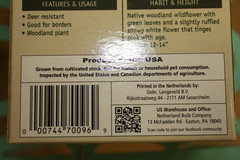

leslies